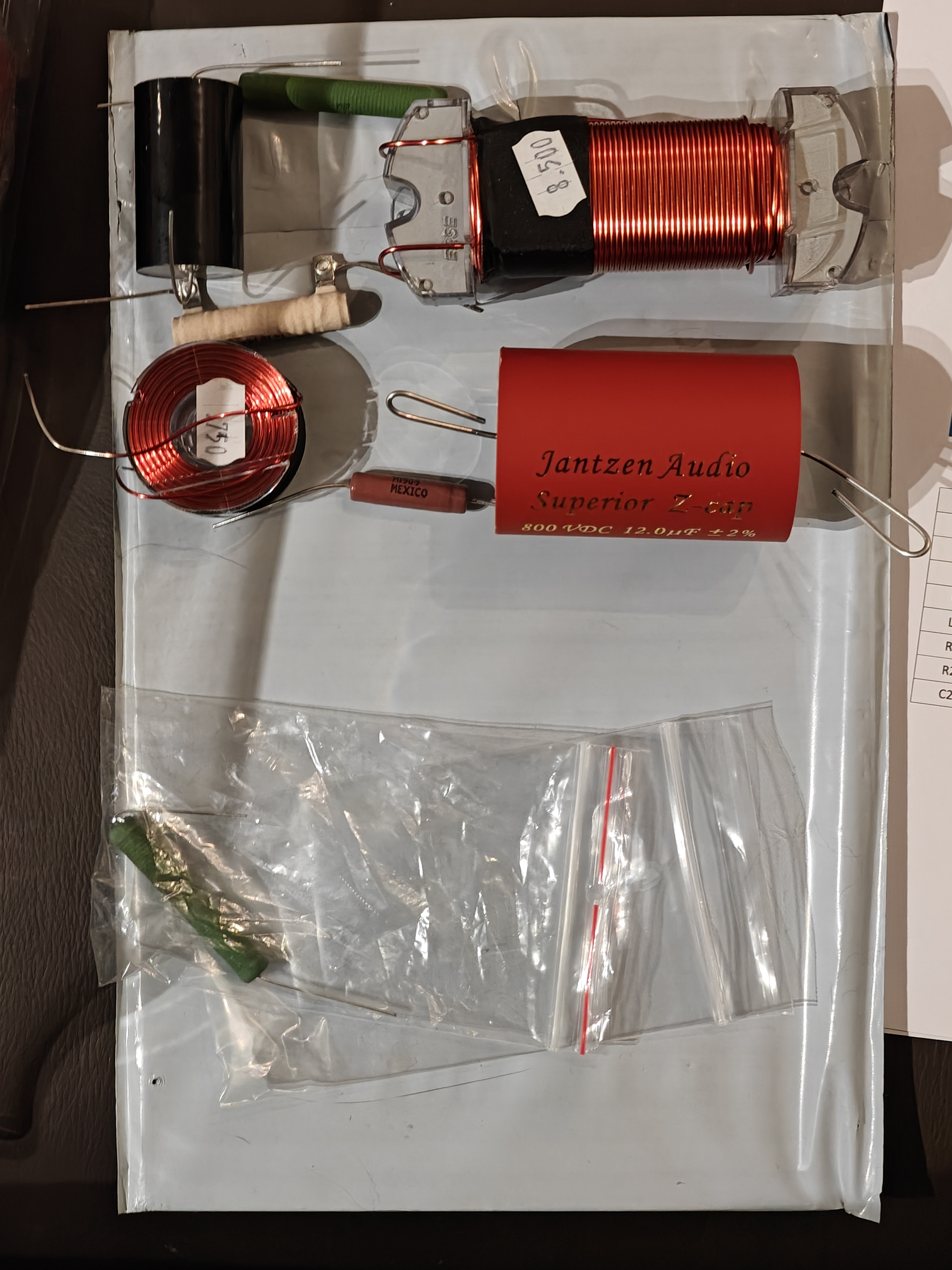Mike Hanson
Trying to understand...
Next step: Upper Baffles (front and back layers):

I haven't drilled the holes for the speaker screws yet. I'm planning to use T-nuts, but I'll sandwich the nut bases between the two layers, so they can't work loose. You'll also not see the screw holes from the back. Here are the steps:
I'll be doing all this with a drill press, which is rather important given the proximity of those holes to the edge. (It's too late now, but I could have routered those tweeter holes a bit smaller and still accommodated the tweeter body.)
More later the baffles later this week.
In the meantime, I need to do some diagnostics on an NCC300 amp that's started blowing fuses. (I suspect one of the transformers. The bolt wasn't tight enough, so it slid around during transit and I suspect it's been damaged.)

I haven't drilled the holes for the speaker screws yet. I'm planning to use T-nuts, but I'll sandwich the nut bases between the two layers, so they can't work loose. You'll also not see the screw holes from the back. Here are the steps:
- Use a center punch to mark the holes in the front. (BTW, I changed my mind twice on the positioning of the midrange screws, which is why you see all the noise on the left.)
- Align the front and back layers, then drill a tiny pilot hole through the top (front) layer, and part way into the bottom (rear) layer.
- From the inside (back) of the front layer, use a Forstner bit to create 1mm pocket for the T-nut base.
- Use a regular (metal) bit to continue that hole from the back, to create a snug pocket for the T-nut barrel.
- Use a another regular bit large enough to just accommodate the M4/M5 screws. This will be drilled from the front face of the front layer, to keep things neat and tidy.
- Use that same bit to extend the pilot hole part way into the rear board, in case the screws extend beyond the end of the T-nut.
I'll be doing all this with a drill press, which is rather important given the proximity of those holes to the edge. (It's too late now, but I could have routered those tweeter holes a bit smaller and still accommodated the tweeter body.)
More later the baffles later this week.
In the meantime, I need to do some diagnostics on an NCC300 amp that's started blowing fuses. (I suspect one of the transformers. The bolt wasn't tight enough, so it slid around during transit and I suspect it's been damaged.)




 2007_08010267.resized
2007_08010267.resized